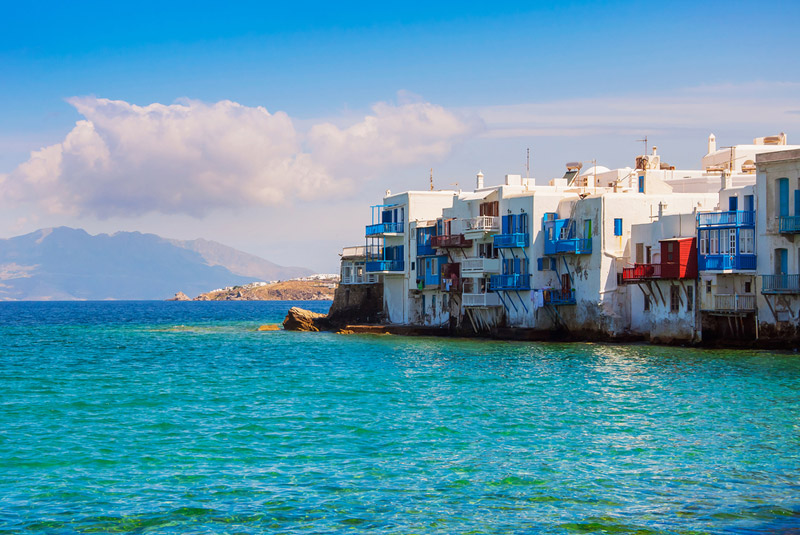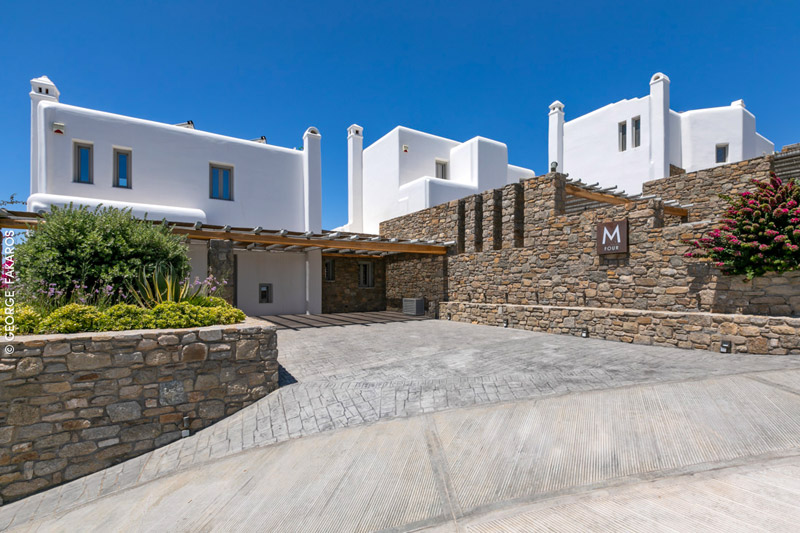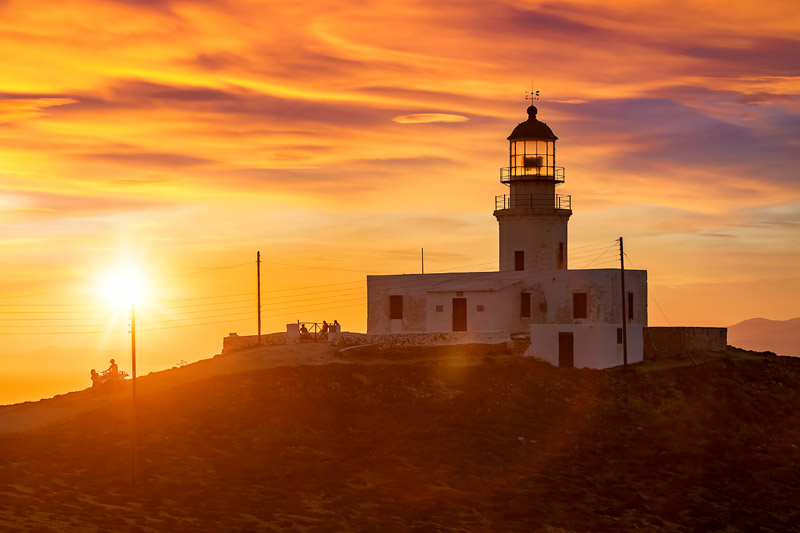Too bad Instagram was not invented back in the ’50s, ’60s and ’70s, when tycoons, artists and Hollywood legends started crowding Mykonos, setting the foundations of what today is one of the top-10 global tourist destinations.
Too bad, because now, with the Social Media thriving, every summer we can have a full celeb-list of who was on the island and with whom, who flew in and when, who posted selfies from the deck of some super yacht and who kept holding private pool parties on the terrace of some beautiful villa with an amazing view of the Aegean Sea.
We know, for instance, that Izabel Goulart accepted her partner’s marriage proposal two years ago in Mykonos; or that Alessandra Ambrosio enjoyed there a rather quiet summer vacation last year; or that Kendall Jenner loves attending yacht parties on spectacular beaches. These celebs are just a tiny “sample” among the thousands of tycoons, artists, athletes, and Hollywood legends who fly in this exceptional Cycladic Island every year.
And then there are the authors, writers and actors of the new generation who choose Mykonos for inspiration and share their love for it through beautiful insights, like:
“Surrounded by the blue-green water of the Aegean sits whitewashed, windmill-strewn Mykonos, the island of the winds.” — Lizy Manola, author of Mykonos Muse
“In every island of the Aegean Sea are found abundant traces of a vast prehistoric empire.” — Eugenie Niarchos, designer
“But Mykonos was different in that respect. Mykonos made you long for the restful, happy day to day reality of life on the Greek island, and it was the brief visits that tortured the soul. Paris was a romantic respite from life, Mykonos was life itself, and living.” — Bobby Underwood, The Long Gray Goodbye
‘We’re often wrong at predicting who or what will transform us. Encountering certain people, books, music, places, or ideas at just the right time can immediately make our lives happier, richer, more beautiful, resonant, or meaningful. When it happens, we feel a kind of instant love for them, both deep and abiding. Now and then it can be something as trifling as a children’s book, a returned telephone call, or a night at a seaside bar in Mykonos.’ — Jonathan Carrol, author of Bathing the Lion






